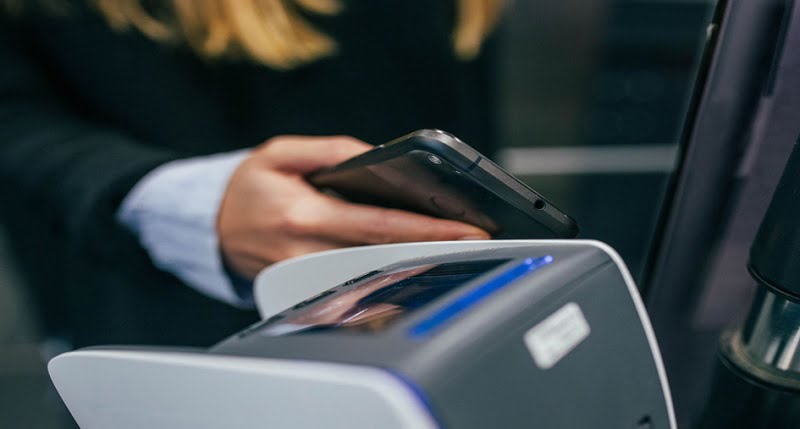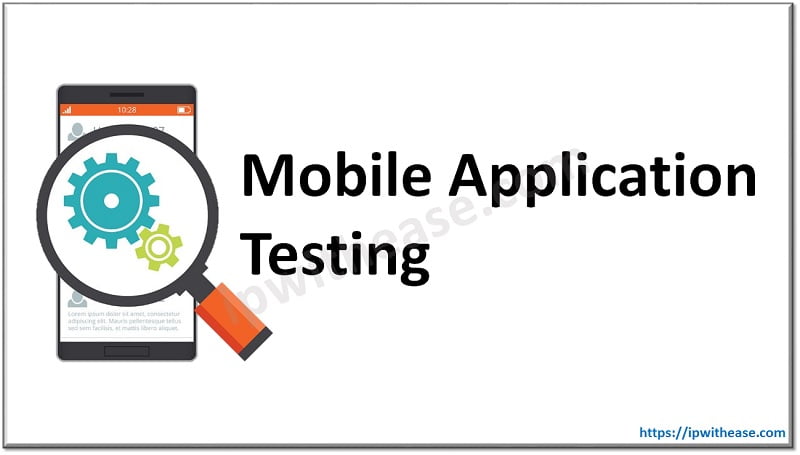Payment app development is a growing segment of the digital economy. The global payments market is valued at $25 trillion and is projected to grow by 8% in 2021. As such, payment apps are a hot commodity, with many companies looking to develop their applications or integrate existing payment solutions into their platforms. With the explosion of mobile apps, however, comes new security concerns for developers—and it’s essential that they take steps to ensure the safety of payments within their products.
In this article, we will discuss best practices for security in payment app development as well as specific technologies that can be used to protect both app users and your company itself from fraud and other threats.
The Importance of Security in Payment App Development
As a developer, you know that security is a top priority for payment app development. It’s also a crucial component of your product, as it impacts the success of your app and can be the difference between good and bad apps.
If you’re not careful with security, there are many ways an attacker could access sensitive information to steal money from users or make fraudulent purchases with their cards. In addition to protecting user data, you need to ensure that any information stored on the device itself cannot be compromised either by hackers or by other applications running on the same device (e.g., malware).
Securing User Data: Best Practices for Encryption & Data Protection
When it comes to security, encryption is the first line of defense. The goal of encryption is to ensure that data cannot be accessed by unauthorized users or applications, even if they can gain access to your systems. There are two main types:
- Encrypting data at rest means protecting data that has been stored on a device (for example, in a database).
- Encrypting in transit refers to securing information while it’s being transmitted over a network (like an internet connection). This can be done by encrypting traffic between devices or by using an encrypted tunnel through which all communications travel (this is often referred to as “SSL”).
Finally, there’s also encrypting in use, which refers specifically to protecting sensitive information while someone has their hands on it for example during payment processing when they’re entering credit card numbers into an app interface.
 Implementing Secure Payment Gateways: Ensuring Safe and Reliable Transactions
Implementing Secure Payment Gateways: Ensuring Safe and Reliable Transactions
Choosing the right payment gateway is important to ensure that you can deliver safe and reliable transactions.
The first step in choosing a payment gateway is to ensure that it supports all the features you need for your app. For instance, if you want to accept credit cards as well as debit cards and checks, make sure that your chosen service provider offers this functionality before signing up for it.
You should also look for security features like PCI DSS compliance (which ensures data protection) and 3D Secure support (which provides additional customer authentication).
Building a Robust Fraud Detection System: Techniques to Identify and Prevent Fraudulent Activities
Fraud detection and prevention is a critical component of payment app development. Fraudulent activities can be committed by both users and merchants and even if you have built the most secure mobile payment app, it will not protect you from fraud.
A few types of fraudulent activities include:
- Identity theft – This involves impersonating someone else for financial gain or personal information through theft or misrepresentation.
- Credit card fraud – This occurs when an unauthorized person uses another person’s credit card information to purchase goods or services without their knowledge or consent; this often takes place online using stolen data such as passwords or PINs (personal identification numbers).
- Chargeback fraud – When a consumer disputes charges made on their account after receiving goods or services they did not authorize; chargebacks are sometimes used as part of identity theft schemes because they allow criminals to get cash back without having paid anything upfront and sometimes even without having received any merchandise at all!
Conclusion
With the rise of credit card fraud and data breaches, it’s more important than ever to ensure the security of your payment app. While many factors can affect this, it all starts with understanding how best to protect user data from being compromised by attackers. We hope this article has given you some ideas about how to implement these techniques into your project so that you can make sure users’ financial information remains safe at all times!
Continue Reading:
What are Progressive Web Apps and Why Should You Care?
Different types of Mobile Apps: Pros & Cons to be considered
ABOUT THE AUTHOR
IPwithease is aimed at sharing knowledge across varied domains like Network, Security, Virtualization, Software, Wireless, etc.

 Implementing Secure Payment Gateways: Ensuring Safe and Reliable Transactions
Implementing Secure Payment Gateways: Ensuring Safe and Reliable Transactions

